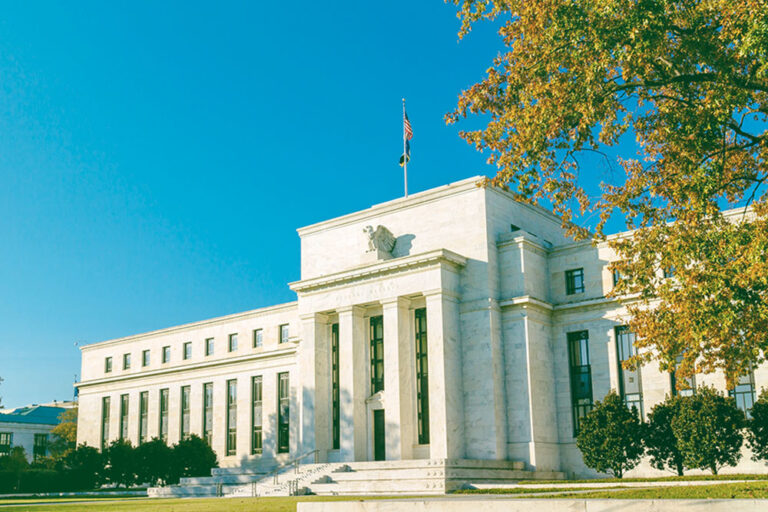
Greg Wilensky, Head of US Fixed Income at Janus Henderson Investors commented on the Fed’s latest rates decision.
The Federal Open Market Committee’s (FOMC) 25 basis-point hike today was broadly in line with market expectations.
Notably, the Fed softened its language on the potential for future rate hikes, by omitting a line from their previous statement which said the committee “anticipates that some additional policy firming may be appropriate.” While some market participants welcomed this softer language as a signal that the Fed could pause here, we think other participants may have been looking for slightly more dovish language, and that they may have been disappointed that the Fed Chair didn’t definitively shut the door on the potential for future hikes. Nonetheless, we think the most likely outcome following this meeting is that the Fed pauses here.
The Fed stated that, based on its view of inflation and the labor market, rate cuts are not in the picture, and that it expects to keep rates at current levels through the end of 2023. The market continues to adopt a more bullish stance on rates, with Fed funds futures currently pricing in 70 basis points of cuts before the end of the year.
Also read: The Benefits of Global High Yield
Implications for Fixed Income investors:
While the end of the rate hiking cycle has not been officially declared, it seems highly likely the Fed is done here, or very close to being done. As the central bank pivots to a holding stance, with potential cuts in the future, we think this is broadly positive for rates.
In time, we would expect the yield curve to steepen from current levels. That said, we do not think the bell has rung yet on being overly bullish on interest rate risk – we tend to favor a more neutral duration stance. This is, in part, due to the fact that there is a disparity between the Fed’s and the market’s expectations for future rate cuts.
We think more progress is needed on the inflation and labor market front, together with a narrowing between the Fed’s and the market’s expectations for future hikes, before being more bullish on duration risk.
Regarding credit spreads, while we are not looking for a bad economic outcome, spreads in securitized assets are, in our view, still doing a better job of pricing in a more challenging growth environment than are corporate spreads.






























